Journal Contents
Metallography of five flat Iron bars with socket from the river Sadne (France)
N Dieudonné-Glad, J Parisot, E Dupont, F Ronchail, W Gauttier and D Wissler
Pages 67-73
This paper studies five iron bars, discovered among other objects in the river Sadne. They seem to belong to a new type of Gaulish iron bar that could be called the ‘La Sadne’ type. Metallo graphic examination shows that these bars, as stock iron, are rather ill-refined, semi-finished products. They are made from a single bloom of soft phosphorus-free steel. The smithing sometimes induced decarburization but, due to special conditions, local surface recarburization has occasionally occurred.
Literary Evidence for Crucible Steel in Medieval Spain
Mattlas Karlsson Dinnetz
Pages 74-80
This work evaluates Andalusï Arabic (Hispano-Arabic) and Romance (early Castilian) literary evidence for the previously unknown use, working and production of crucible steel in medieval Spain between the 10th and the 13th centuries AD. No evidence has to date been presented indicating that the inhabitants of medieval Spain were producing or working, or even that they were familiar with, steels of crucible origin. In presenting the first evidence for this, the present paper significantly contributes to furthering our knowledge concerning early Islamic ferrous technology.
Concealed plugs and rotten trunnions: David Tanner and his problems with gunfounding in the American War of Independence
Ruth Brown
Pages 81-86
In the early 1770s the British Board of Ordnance decided that all new iron guns must be cast solid and bored out, rather than cast round a core. As a result when war broke out shortly after with the American colonists, the Ordnance had to work with a number of founders with no previous experience of either casting guns or dealing with the Board. One of these new founders was David Tanner ofTintem who had a very poor record of casting. Over a number of years his letters reveal the difficulties an iron founder had in attaining the high standard which the government expected for their cannon, the excuses he made and his attempts to have the guns accepted. However in the wake of the defeat in the War and the financial crisis that followed, the Board was reorganized with the military officers in stronger control of the supply and proof of new guns and Tanner was forced to find an alternative market for his rejected guns..
Tomnadashan—re-examination of a 19th century copper mining and smelting operation in Perthshire, Scotland
Richard Devéria
Pages 87-98
This article presents an account of the efforts made by the 5th Earl of Breadalbane to develop a copper mioing property during the mid-19th century on his Perthshire estate. During the twenty years from 1840, pyritic and copper-bearing ores of varying grade were produced. Following this period, limited amounts of sulphuric acid, phosphate fertilizer and copper matte were produced, but despite the high calibre of the consultants hired by the Earl, the operation made a heavy financial loss. Analysis of slag remaining by the shore of Loch Tay has permitted a description of the metallurgical process used, while by matching the information from the Breadalbane archives to the visible remains of the plant, the author offers an interpretation of the mining and manufacturing site as it exists today.
![[Test] The Historical Metallurgy Society](https://test.historicalmetallurgy.org/wp-content/uploads/2020/02/Logo120.png)
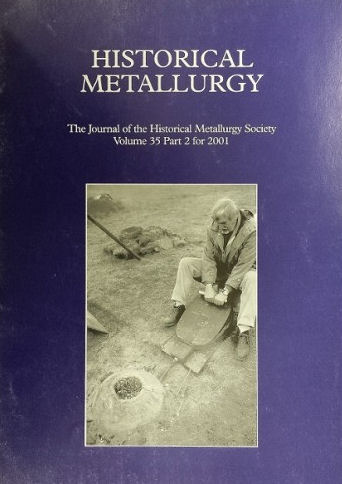
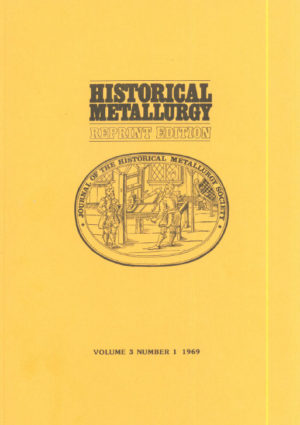
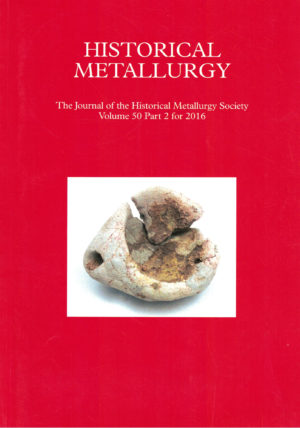
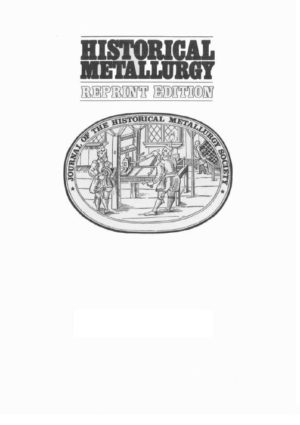
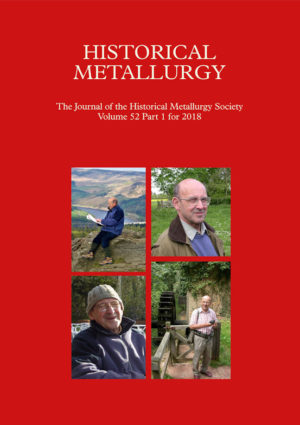
There are no reviews yet.